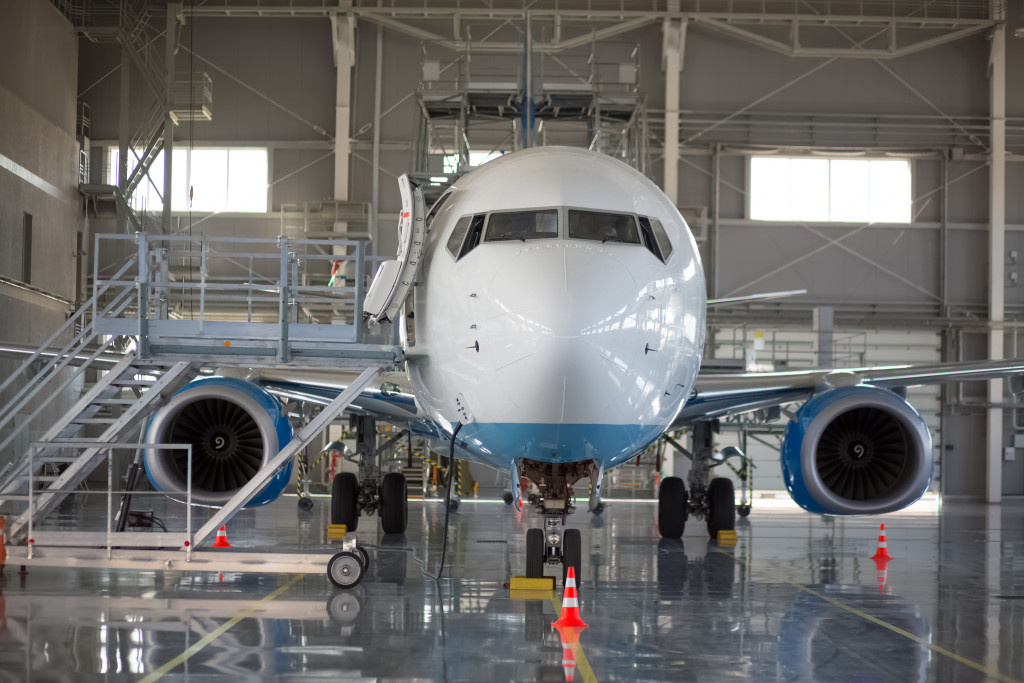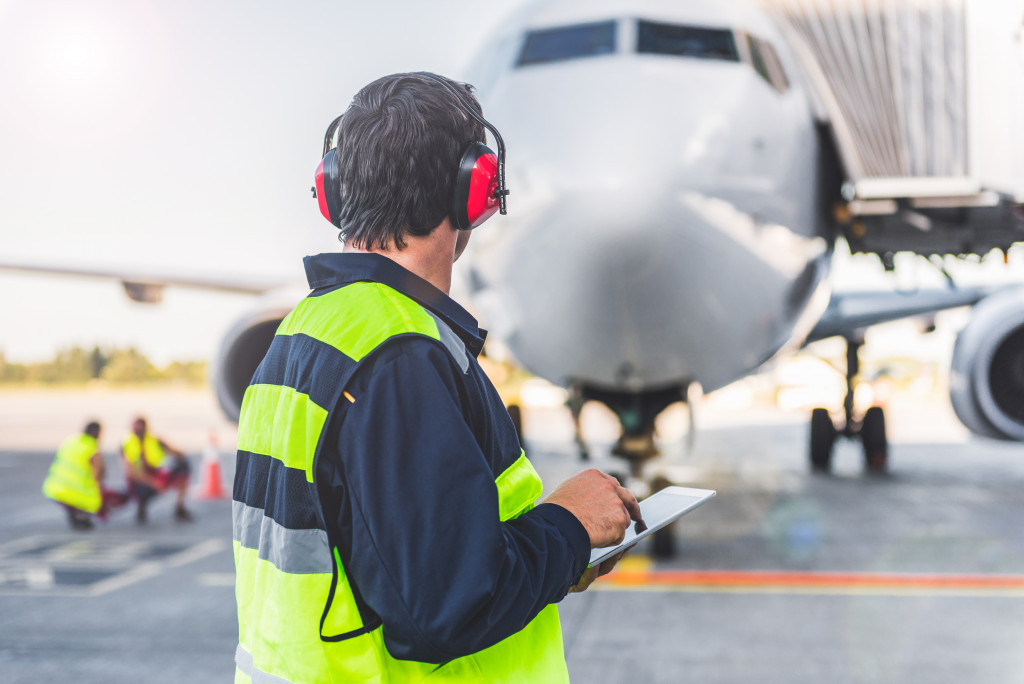• Predictive Maintenance Technologies (PMT) can predict when an aircraft will require maintenance or repairs to optimize fleet utilization.
• Automation technology streamlines aircraft repair processes, provides accurate inventory management, and reduces labor costs.
• Remote Diagnostic Technology allows technicians to monitor an airplane’s performance in real time from a distance.
• Ground support equipment is all essential for the efficient handling of airplanes in airports.
As commercial aviation continues to grow and evolve, so too do the needs of aircraft maintenance. Without proper maintenance and upkeep, any airline business runs the risk of inefficient operations and even safety risks. But with the right technologies in place, commercial airlines can increase their efficiency while decreasing the costs associated with aircraft maintenance. Here’s a look at a few innovative aircraft maintenance technologies that commercial airlines need to succeed.
Predictive Maintenance Technologies (PMT)
Predictive maintenance technologies use machine learning and artificial intelligence technology to predict when an aircraft will require maintenance or repairs. This type of technology helps identify potential problems before they become severe enough to cause delays or safety issues. Additionally, PMT can be used by airlines to optimize their fleet utilization rates and reduce unexpected downtime due to mechanical failures.
Automation Technology
Automation technology is becoming increasingly crucial for streamlining aircraft repair processes, as well as helping ensure accuracy in certain areas, such as inventory management or ordering parts are maintained across multiple locations within an airline’s system. Automation also allows technicians to focus on more complex tasks, such as troubleshooting, rather than mundane tasks like paperwork, which can help reduce time spent working on each airplane as well as overall labor costs associated with keeping up with necessary repairs.
Remote Diagnostic Technology

Remote diagnostic technology provides technicians access to remote monitoring systems which allow them to monitor an airplane’s performance in real-time from a distance without having to physically inspect it in person every time it requires servicing or repair work done on it.
This type of technology can help eliminate costly delays that may occur due to unanticipated mechanical problems that may arise during flight operations and provide additional peace of mind for both pilots and passengers alike by allowing technicians to quickly identify any potential issues before they become serious enough to cause a flight delay or even worse, a safety hazard while in the air.
3D Printing
3D printing has recently been adopted by many airlines for use in producing spare parts that cannot be obtained easily through traditional means, such as ordering them from suppliers directly or finding them secondhand through online classifieds websites like eBay, etc.
3D printing technology has proven itself invaluable for producing unique parts that are not available elsewhere faster than traditional methods would ever allow, thus allowing airlines to save time which translates into money saved when it comes to repairing their airplanes quickly without having to wait days for parts being shipped out from overseas suppliers, etc.
Ground Support Equipment (GSE)

Ground support equipment is an essential part of any commercial airline’s operations, as it helps ensure the efficient and safe handling of airplanes in airports. Here are a few of the most important GSEs you shouldn’t overlook:
Electric airplane tug
An electric airplane tug is an electric vehicle designed to pull airplanes from one point to another in a safe and efficient manner, reducing the time spent on ground operations. Invest in an electric airplane tug, and you’ll be able to reduce fuel costs, lower ground operations time, and increase the efficiency of your airline’s fleet.
Fuel tankers
Fuel tankers are used for refueling aircraft and ensuring fuel levels are correctly maintained prior to take-off as well as during each flight.
Maintenance stands and platforms
Maintenance stands and platforms are essential for technicians to access components in the interior of an airplane, such as engines, wings, and other parts. They can also be used for inspection purposes.
Ground power unit
A ground power unit (GPU) is a mobile generator that provides electrical power to an airplane while it’s parked on the tarmac. It can be used for powering up systems, recharging batteries, and providing air conditioning when necessary.
With the best ground support equipment, you can ensure that your airplanes operate as efficiently and safely as possible and reduce the risk of costly delays due to mechanical issues.
Technology plays a huge role in commercial aviation. From predictive maintenance technologies to ground support equipment, these innovative solutions can help reduce aircraft maintenance costs and increase airlines’ efficiency.
By taking advantage of the latest advancements in technological innovation, commercial airlines can ensure their fleet runs smoothly and efficiently while providing pilots and passengers with peace of mind during flight operations. Investing in the right technologies now will go a long way toward helping your airline succeed in the future.

